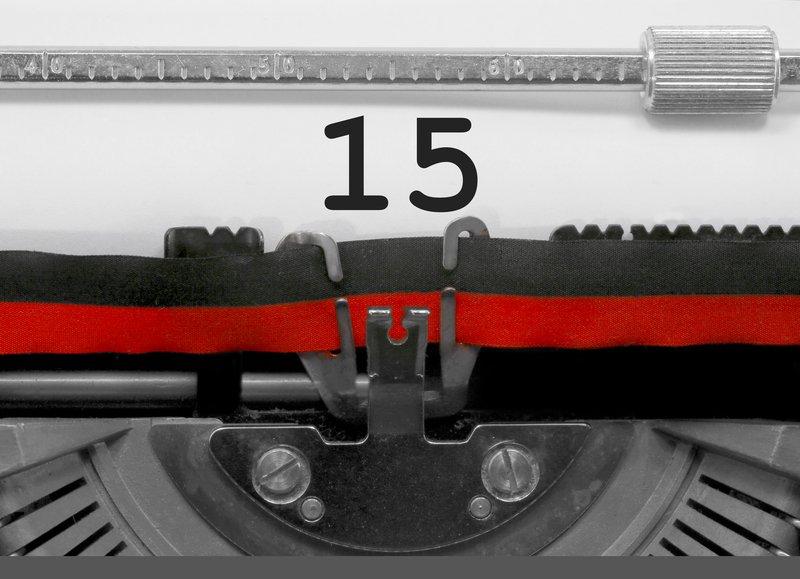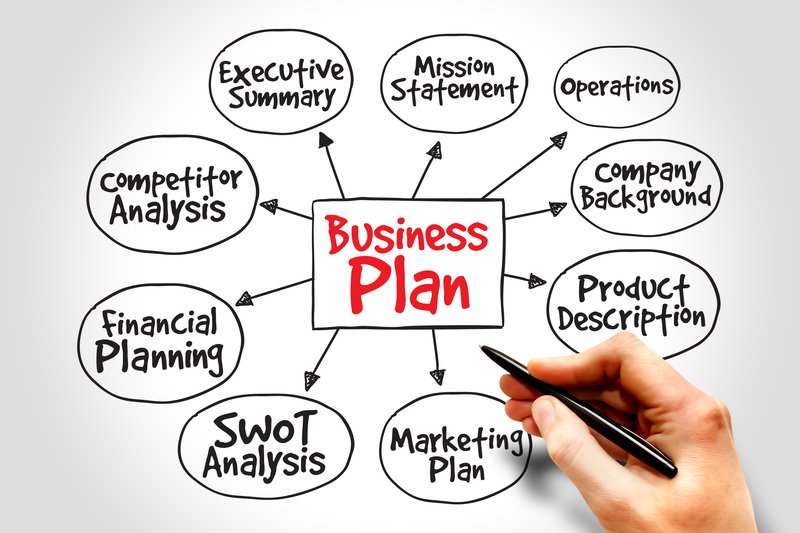Negotiations are something all of us need to do every day. Whether it is securing a sale, negotiating a discount with a supplier or simply making arrangements with friends and family (children make particularly good negotiators!), the kind of questions we ask influences the final outcome for everyone.
The quality of the questions you ask will determine the quality of the answers you receive, so next time you are facing a negotiation situation, follow these 5 steps to make sure you are asking the right questions:
1. Ask yourself
- What am I trying to achieve?
- What is the best order in which to ask the questions?
- Are they good, high-quality questions, which will get me to where I want to go?
- Do they help me discover where the other side is coming from?
2. Phrase questions that lead to action
- Find the goal – work out want you want to find out from the answer to the question.
- Be brief and to the point – phrase your question as concisely as possible.
- Ask only one question at a time – if you ask several questions at once, the person answering can forget, feel confused or, even worse, dodge a hard question.
3. Think about the types of questions you might ask
There are two different types of questions; open and closed.
Closed questions
Closed questions are those that give you a yes or no answer. Be careful of how you use of them because a closed question can allow the other person to avoid the real issue, because they are not under any obligation to elaborate further.
Examples of good closed questions
- So, is there anything else you need to know before we go ahead with the contract?
- Can you state categorically that you have not agreed to anything cheaper than this?
- Shall we get the contract drawn up?
Examples of poor closed questions
- Is our price too expensive?
- Are you in a hurry?
- Do you need an answer tonight?
Open questions
If you want a longer, more informative answer, then asking quality open questions will help you understand where the other side is coming from.
Good open questions ask one question and allow the other side to think about it and answer in their own time. Generally, they follow the rule of beginning a question with what, why, where, when, who and how or tell me about. This is often known as 5WH.
Examples of high-quality open questions
- How much have you got in your budget?
- How can we solve this problem?
- How much can you pay?
To obtain more information, following open questions, use these examples:
- Could you tell me more about . . . ?
- Please can you expand on that?
- What do you want to achieve here?
4. Let us now get more specific!
Why questions
Why do we ask why questions?
Why questions are asked to be very specific, particularly to understand the reasons why it is that someone has taken that course of action.
Why questions have to be chosen more carefully, as the receiver might see them as confrontational or as a personal attack.
Why it is good to be curious
One way you can get around the why dilemma is to use the word curious. Curious is a very powerful, non-threatening word. It is human nature to be curious; just look at how curious small children are.
“I am curious why you paid that price.”
“I am curious how you made that decision.”
Free Tide Business Bank Account - £50 Cashback!

Open a free business current account to qualify + enjoy 12 months free transactions. Read our Tide review.
“I am curious how you came to decide on that machine.”
5. Yes and no tag questions
A “yes tag” question follows a statement, which is aimed to get the other person to agree with that statement (which is likely), or show their disagreement. These yes tag questions are designed to encourage the person to agree with you and build rapport.
When asking a yes tag question, you are, effectively, expecting the other person to think ‘yes.’ So, even though they might not say it, more often than not, they will think yes in their mind and perhaps even nod.
Ask yes tag questions only where you anticipate the majority of people will agree. Yes answers tend to create positive momentum.
Examples of yes tag questions
- It is a fantastic day, isn’t it?
- We have made considerable progress, haven’t we?
- We have only three points to agree on now, don’t we?
- We are going to celebrate our success with this negotiation, aren’t we?
No tag questions
A no tag question can be used to ascertain whether anything else needs to be answered, before moving on to the next stage of a discussion or closing a negotiation.
Examples of no tag questions
- Is there anything else you need to know before we go ahead?
- Is there any more research we need to do before we finalise our agreement?
- Is there further preparation we need to do on the structure of the question before we meet the client tomorrow?
Although it might sound negative, no tag questions are really great for progressing through the various stages in a negotiation.
Rather than think of it as one long deal, if you break it into smaller stages and confirm that you are both happy at the end of each, you can both feel you are making good progress.
6. Keep digging
Even if you have asked all the right questions you may still be getting unsure answers, or the other person’s body language might look a little uncomfortable. You can use this as an opportunity to ask some more probing questions. Be open and honest and say:
- You don’t look too sure.
- You don’t sound like you have cracked it yet.
- Are you really sure?
- It doesn’t feel like we have all the answers yet.
- Are you OK with it?
One of the most important lessons is that average negotiators fall into the trap of assuming answers that may or may not be right. Think through what you want – the questions you use are some of your most powerful tools to negotiate your way to getting it.
This guide has been written for ByteStart by Derek Arden, an international negotiator, conference speaker and author of Win Win: How to get a positive result from persuasive negotiations, published by Pearson on 16 July 2015. See: www.DerekArden.co.uk for more.










